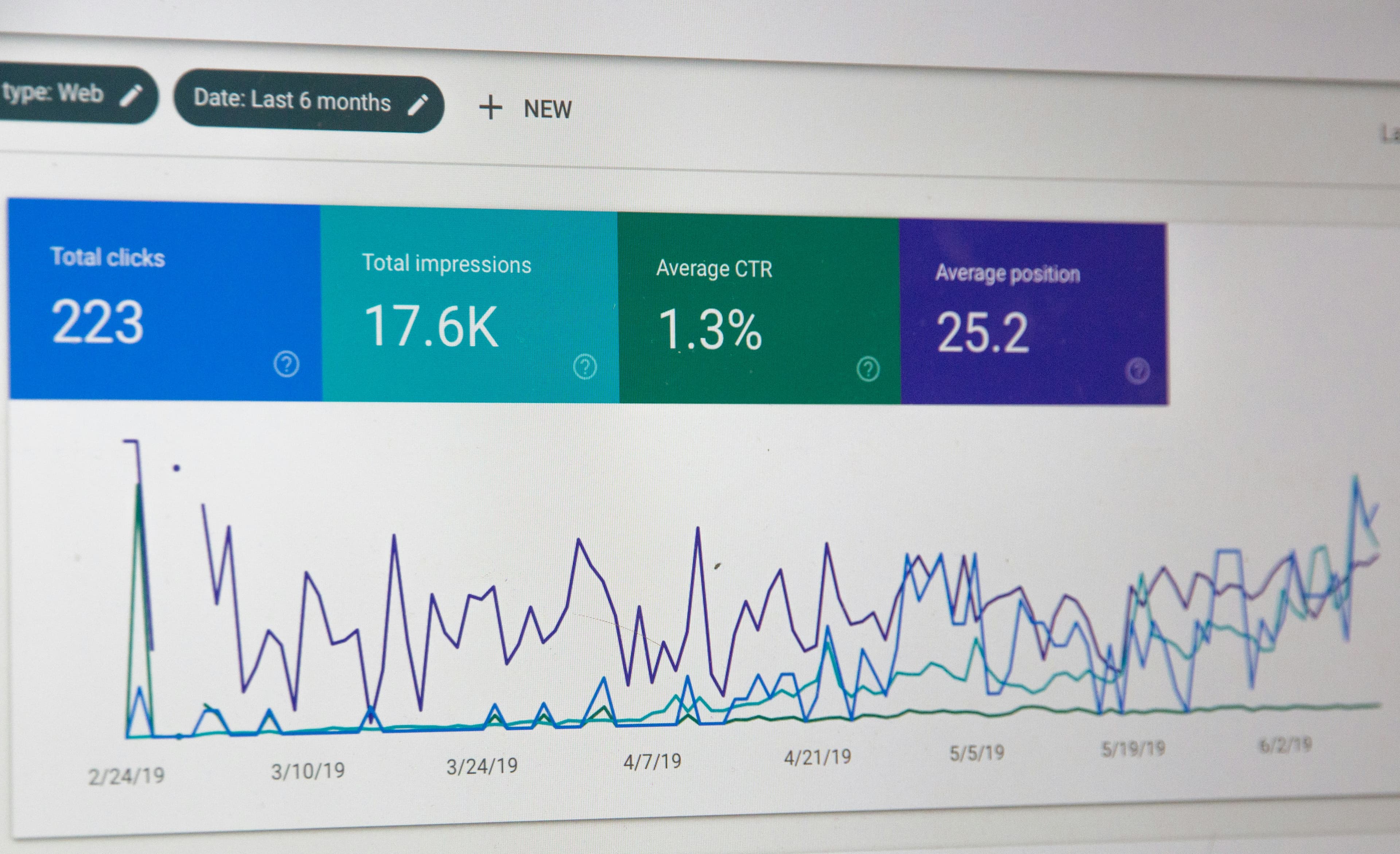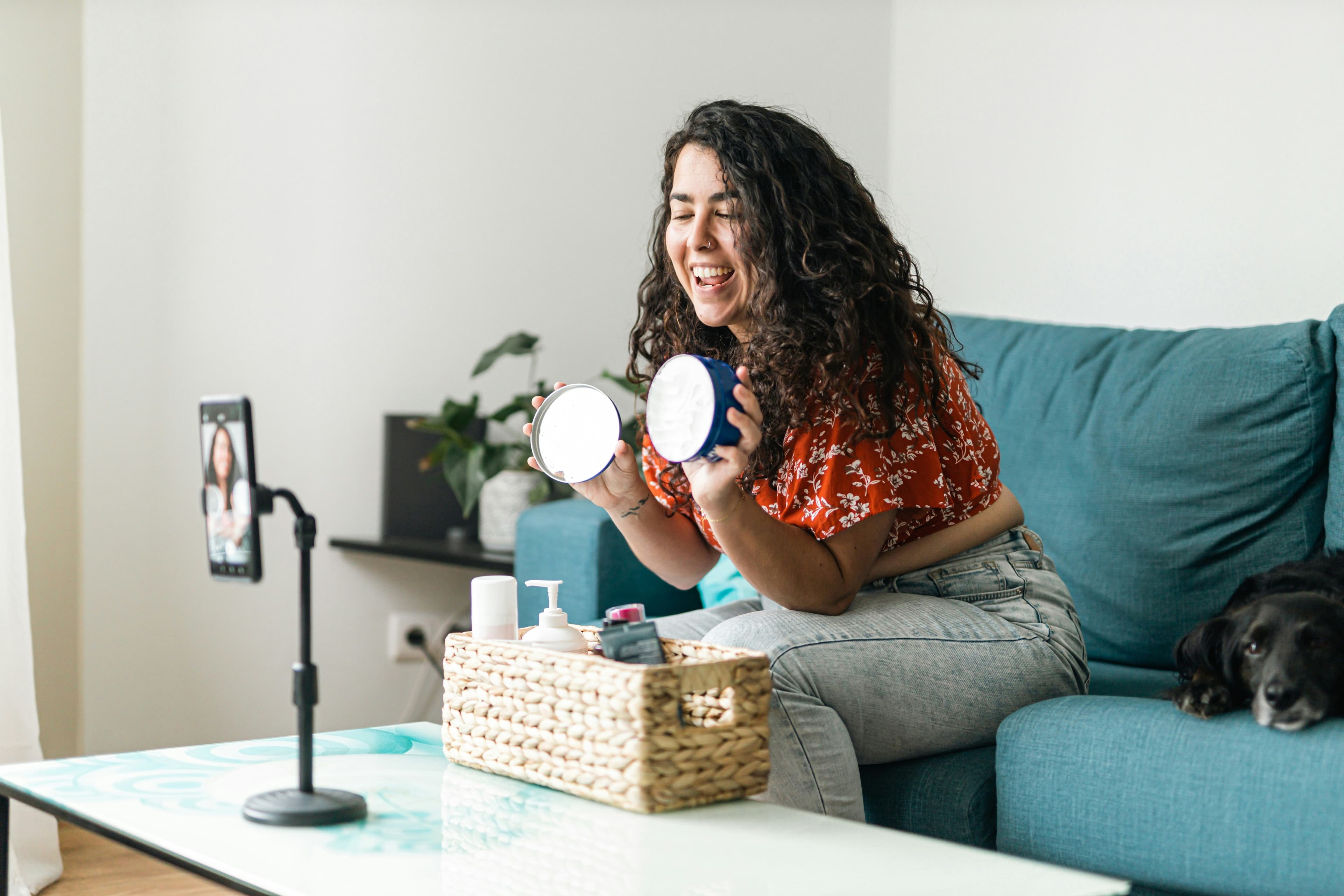How to Measure Influencer Marketing: A Comprehensive Guide

UNDERSTANDING THE METRICS
In recent years, influencer marketing has emerged as a dominant force in the world of advertising. By leveraging the reach and credibility of influencers, brands have been able to engage with audiences in a more authentic and impactful way. However, the success of influencer marketing campaigns is not always easy to quantify. To ensure you’re getting the best return on your investment, it’s crucial to measure the effectiveness of your campaigns. Here’s a comprehensive guide on how to measure influencer marketing effectively.

Set Clear Objectives
Before diving into metrics and analytics, it’s essential to define what success looks like for your influencer marketing campaign. Are you aiming to increase brand awareness, drive website traffic, generate sales, or enhance brand loyalty? Clear objectives will guide your measurement strategy and help you identify which metrics are most relevant.
Track Engagement Metrics
One of the most straightforward ways to measure influencer marketing is by analysing engagement metrics. These include likes, comments, shares, and overall interaction rates on social media posts. High engagement indicates that the influencer’s audience is resonating with the content, which can be a good indicator of the campaign’s success.

Monitor Reach and Impressions
Reach refers to the number of unique users who have seen the influencer’s post, while impressions measure how often the content is displayed, regardless of whether it was clicked or not. Both metrics provide insight into the extent of the campaign’s visibility. Tools such as social media analytics platforms or the influencer’s own analytics can help track these metrics. Monitoring these indicators is crucial because a higher level of engagement often signals to algorithms that the content is valuable and relevant, potentially boosting its visibility and reach across social platforms.
Evaluate Website Traffic
If your campaign’s goal is to drive traffic to your website, it’s crucial to track how much referral traffic comes from influencer posts. Use UTM parameters to tag the links shared by influencers, which will allow you to monitor the traffic in Google Analytics. This method will provide detailed data on user behaviour, including bounce rates and time spent on the site and even direct sales.

Measure Conversion Rates
Ultimately, one of the most important metrics is conversion rate. This measures the percentage of users who completed a desired action, such as making a purchase or signing up for a newsletter, after interacting with the influencer’s content. Conversion tracking can be set up using tools like Google Analytics or through e-commerce platforms’ built-in analytics.
Assess Brand Sentiment
Brand sentiment analysis involves evaluating how the influencer’s content affects public perception of your brand. Tools like social listening platforms can help you monitor mentions and analyse sentiment across social media and other online platforms. Positive sentiment and increased positive mentions are good indicators of a successful campaign. Analysing the comments on an influencers post is another great way to see how the campaign is resonating with audiences. This shows not only brand sentiment but how good of a pick the influencer was for the campaign.
Calculate ROI
Return on Investment (ROI) is a critical metric for any marketing campaign. To calculate ROI for influencer marketing, compare the revenue generated from the campaign to the cost of working with the influencer. The formula is:

Using an ROI calculation will help you get a percentage that reflects the financial return you’ll see on your investment

Review Influencer Performance
Not all influencers perform equally. It’s important to review the performance of each influencer individually. Assess their impact on your key metrics and consider factors such as their relevance to your target audience and the quality of their content. This analysis will help you identify which influencers deliver the best results and inform future collaborations. Evaluating influencer performance based on previous sponsored content will give you a benchmark for how well the content performed against what was expected.
Use A/B Testing
A/B testing involves running two variations of a campaign to see which performs better. For example, you might work with two influencers who each create slightly different content. By comparing their performance against each other, you can gain insights into what resonates most with your audience and refine your approach. Doing A/B testing might take some additional investment but the learnings you will get is definitely invaluable.

Collect Qualitative Feedback
Finally, don’t overlook qualitative feedback. Direct responses from your audience, influencer feedback, and internal team insights can provide valuable context that numbers alone may not reveal. This feedback can help you understand the nuances of your campaign’s impact and improve future strategies.
Conclusion
In conclusion, measuring influencer marketing requires three major steps: setting clear objectives, tracking key metrics, and evaluating overall performance. By following these key steps you can gauge the success of your campaigns and make data-driven decisions for future initiatives. With the right approach, you’ll be well-equipped to maximise the benefits of influencer marketing and achieve your brand’s goals.

 Search
Search PR
PR AI
AI Social
Social














